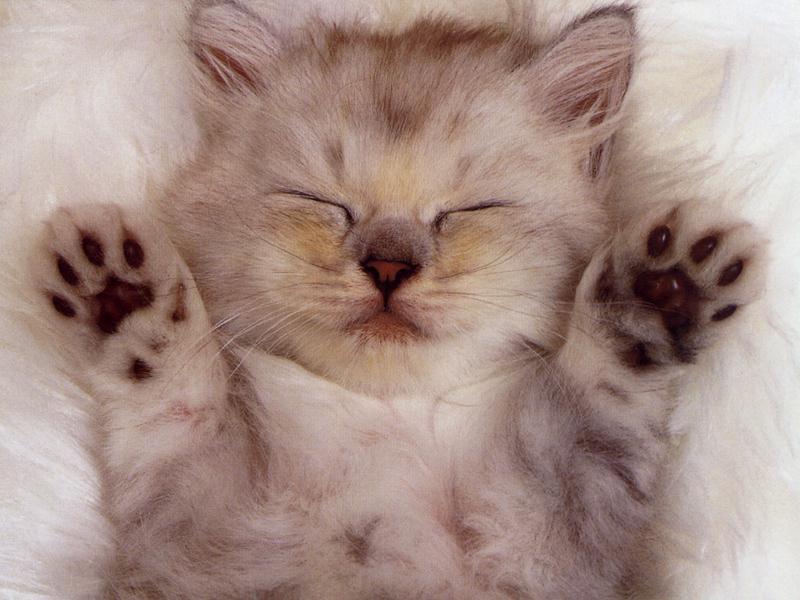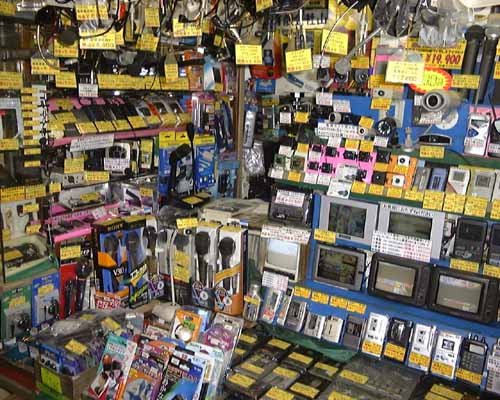
Now that my project is solidfied, I just wanted to make a really clear post with a really clear link.
Blog posts from my time in Mizenko-sensei's Japanese Culture class.









Evan Wolbach
January 30, 2009
Mizenko-sensei
Legendary Chinese Figures (BAM2006.065)
The woodblock print of these “Legendary Chinese Figures” was composed by Utagawa Kuniyoshi on June 5th, 1853, eight years before his death. These prints are marked as some of the later in the series of Ukiyo-e, as is evident by the bright and vibrant colors, as well as the attention to specific details within the print. The prints actual title is “Tsûzoku Sangokushi: Kwanu go-kwan woyaburu no zu”. The entire print is actually made up of three woodblocks, which stretch to show the surrender of Sôsô and his men on a bridge to Kwanu and his forces.
The setting for these prints is on a bridge overlooking a river and a background forest. Humans are located throughout all three parts of the print and act as the focus to the piece, as it is depicting a surrender of forces. The background represents the majority of the nature present, as it is not the focus of this piece; instead it has such a small role that it is immediately blended in with the men in the background. The entire foreground represents humanity in such a way that nature is phased out, and manmade structures, and men themselves make up the entire front. The leftmost print features Kwanu who is riding majestically on a warhorse. He is wielding a monstrous halberd. In terms of the other people represented in the painting, he is larger than life, perhaps referencing his power in the situation. He also takes up the most space in any of the three sections versus any other men present. His horse also shares this trait, by being an extension of his “power” and overshadowing both his follows (in the background) and the men who are surrendering to him (the powerless). His weapon is so large, that is stretches from the leftmost print to the center, where the focus of the surrender is taking place. We see the soldiers bowing down at the level of his weapons edge, in a position that shows newfound obedience and respect. These men are no longer fighting the monstrous force to the left; instead they are relinquishing their freedom and putting themselves at the mercy of Kwanu. Finally, on the right we witness a figure that is assumed to be Sôsô. It is obvious that he is an opposing leader (and one of power) as he stands on a horse that is equal in size to Kwanu, but Sôsô himself appears physically smaller. He is still dignified in his defeat, and retains the class structure of his followers, as they still occupy a space that is both below him, and a color scheme that is far less impressive than his.
The painting features very bright, vibrant colors all around. In terms of the focus of the brightness though, we can see that humans and man-made structures are brought out far more than nature in this print. It is very clear that there is a flourish of flora and fauna in the background, but they occupy far more muted colors than that of the human participants. The trees and mountains hold a green that fades away from the viewer, the sky represents a mostly singular yellowish color scheme, only diverting from this at the top and bottom of the image. These colors show that they can compete with the colors of the human participants, but are much smaller in amount and are still easily overshadowed. The men and the bridge though all hold far brighter colors, such as the bright red of the bridge, the bright white and brown of the horses, as well as the clothing and skin tones. Even the writing in the foreground is given bright colors that pop even further towards the viewer, clearly denoting their place in the space of the print.
Really what I see in this print is a few things. I see the triumph of men over nature, as well as how man attempts to still bring them self in tune with the environment around them. It’s clear that they are in charge in this scene, but at the same time the landscape is still somewhat pristine, and the permanent manmade structures represented are minimal. It is the temporary man-made devices, such as the people and their personal effects that show how (in the short term at least) that they are the conquerors, even when they are the defeated on the right. This image also embodies that of a dignified surrender. We see clear class lines between everyone in this print, and we see that instead of mindless bloodshed, these forces are instead meeting and undergoing a ceremony (to avoid future altercations?). Class roles are being revised and the new dominant forces (the left) will emerge from this encounter. All of the colors come together too to bring an almost mellow, surreal feel to this whole encounter. The print just leaks the feeling that this is the end of something mighty, and that there will be no more little scuffles between these two forces.
Let us not forget though, that this is simply an image, an image of a story. This story is then of an event that may or may not have happened. There are no men here, nor is there trees, there is simply an image of men, and an image of trees. This was a print that was designed for mass-commercialization, and as such the contents are designed to purposely evoke feelings and attempt to emulate that event in still motion. These prints are at no point the actual event, and there is little if any actual history to learn from any of this. Instead it was produced in a way that will appeal to as many people as possible, and ensure the best sales possible. Just as our pipe was not a pipe, but rather an image of a pipe, these people are simply representations of who they may or may not have been. We can see that they are extremely dignified here, and maintain a rigid class-structure, but there is no way to tell if the actual event (if it happened) turned out this way. For all we know this ended in tremendous bloodshed, but what we do know is that any retelling of these events happened in this fashion. If they had not, then this print would not appeal to the masses who would undoubtedly already know this story, and their knowledge of these events (true or not) is what creates some of the perceived value in this piece. So in a sense, our pipe here is not a pipe, instead our pipe is how the common person would recall or think of the pipe. If we can make our render of the pipe as close to the general perception and recollection of the pipe, then we have created something with mass appeal that will sell well. Ah, the joys of commercialism.
So that is basically what we are dealing with in this print. We have a recollection of an event, and then a representation of that recollection. But at no time do we have the actual event, the actual people or anything that actually relates to the event. But it doesn’t matter! We never had that pipe anyway, and we can never have this event either! But what we can have is a representation, and that representation carries the weight that the event held, and with that weight we have something that may be even better then the event itself. Even if you could put the actual event, as it happened, on to your wall; no one would want it. It would be messy, there would be bloodshed and the actual horrors of what may happened. Instead, our pristine recollection gives us a far better medium to appreciate what happened from. Nice and clear, presented through an ideal angle, with none of the negatives of what may or may not have happened that day. Perhaps in the end that is what made Ukiyo-e so important in the beginning: You never wanted the pipe, you only thought you wanted the pipe and that’s all you’re ever going to get.
(Words 1367 without this line)
